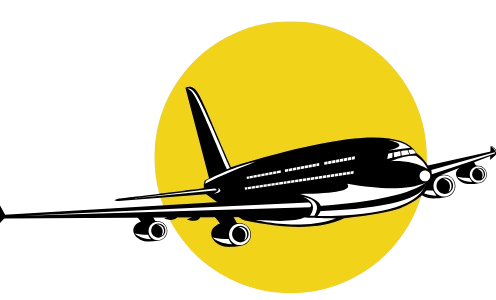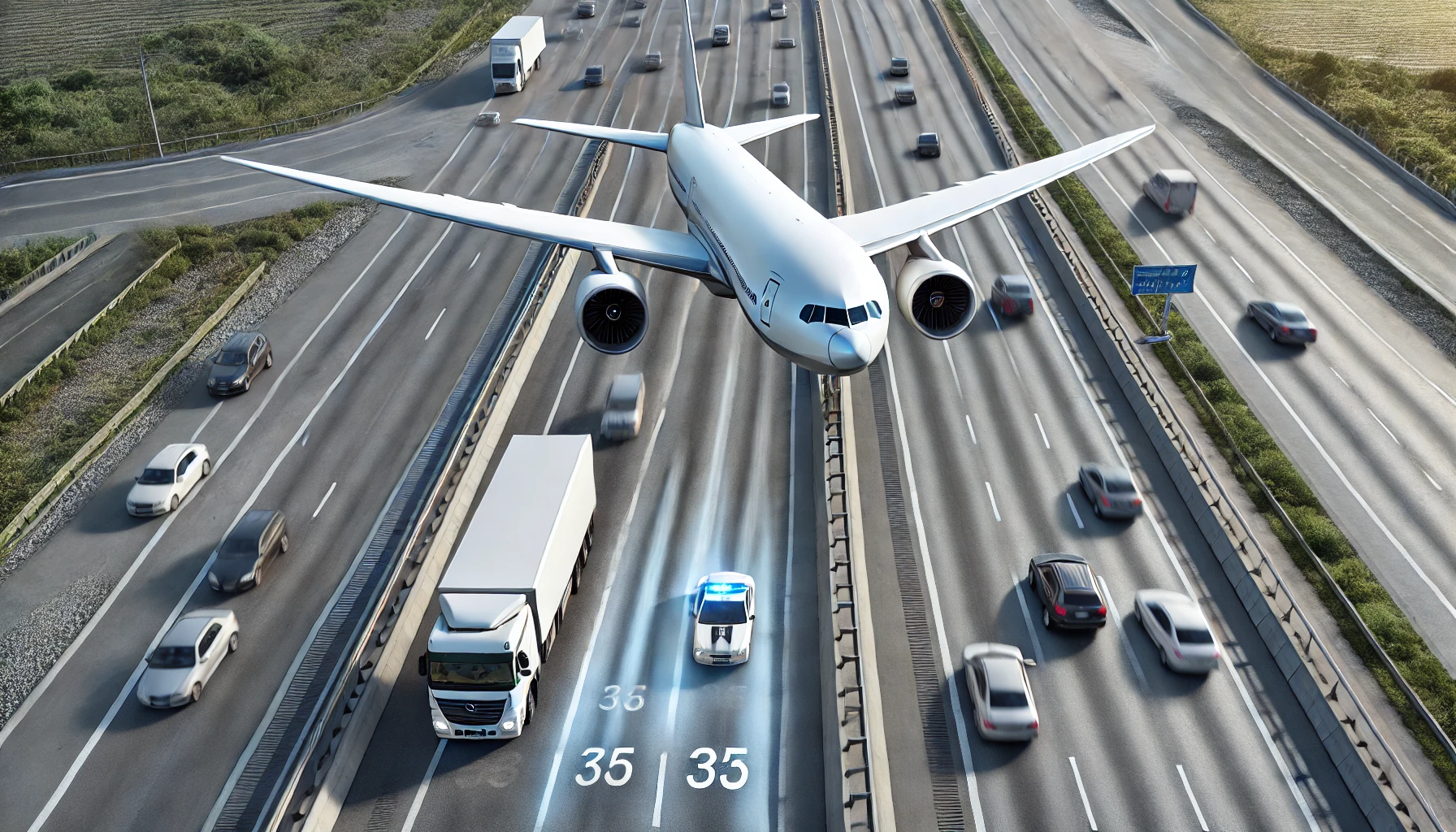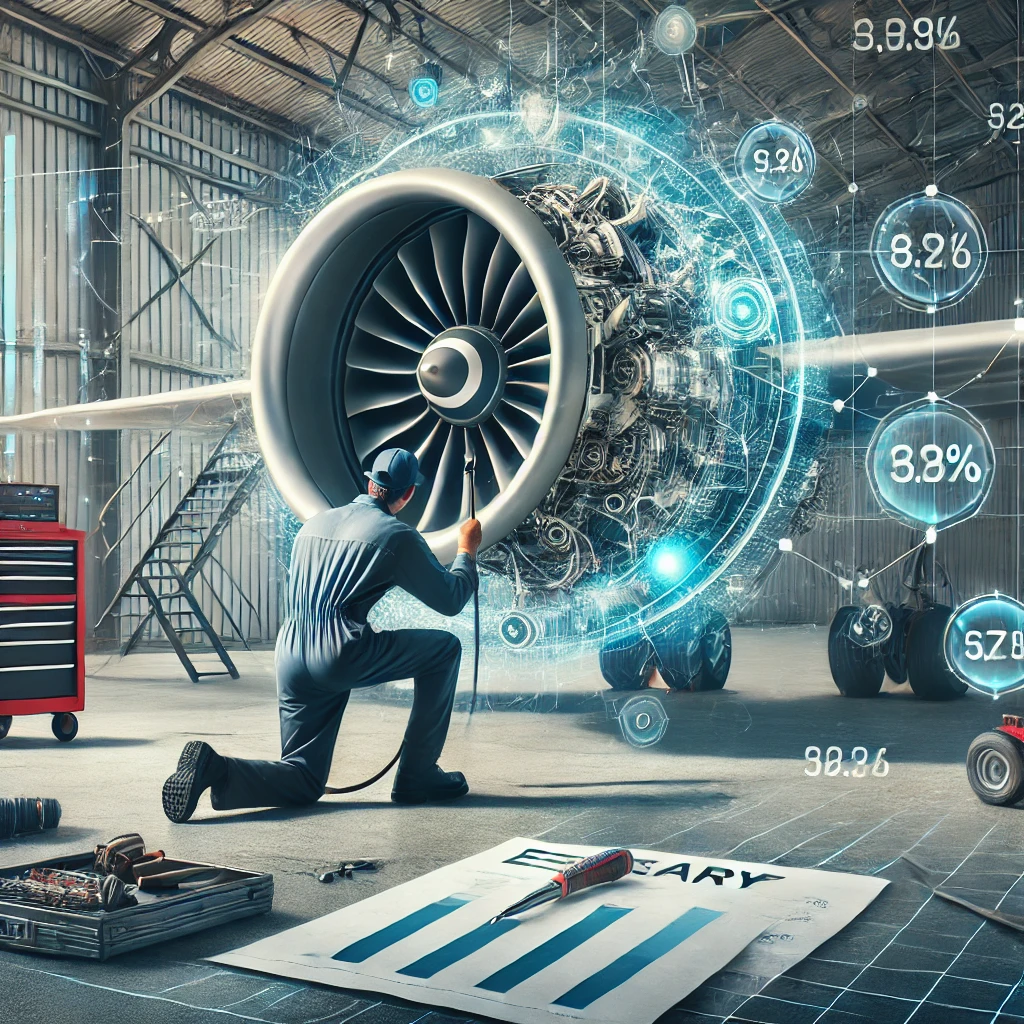- Lockheed Martin F22 Raptor: This is a 2.25 Mach jet so it blends efficiency with agility and stealth. The Raptor could super cruise thanks to its twin PW F119 engines; this meant that the Raptor was the king of fast, high, and dry.
- Northrop Grumman B2 Spirit: It has Mach 02 and one of the highest fuel economy among bombers. This aspect is a patent feature of the Northrop Grumman B2 Spirit as a flying wing design, unlike other jets.
- McDonnell Douglas F15 Eagle: The McDonald Douglas F15 Eagle redeems its crude design and emerges as innovative with its form, with a max speed of two and a half mach. Watch out when this eagle flexes its wings — it is known for air to ground role.
- Sukhoi Su-57 Felon: The Sukhoi Su-57 Felon has a top speed of over Mach, and — unlike most Russian jets — this stealth is reflected in its style. As an icing on the cake, this Chinese jet possesses cutting-edge modern avionics as well.
- Eurofighter Typhoon: This multi-purpose fighter jet designed for various roles exceeds Mach speed. Barrel Mode and Berger Strata Tail and other technologies provide a lot of lift and enable me to pitch as fast as this aircraft can do, the amazing versatility in combat, Export variant of Typhoon.
- Dassault Rafale: The Dassault Rafale, which can reach speeds of 1.8 Mach and is highly renowned for incredibly superior electronics with ping in air to air and air to ground engagements, is made and designed in France.
- Mikoyan MiG-31 Foxhound: This Russian interceptor can reach speeds of up to 2.83 Mach and is one of the fastest military jets still in operation.
- F-111 Aardvark | General Dynamics: The F-111 is still the fastest combat aircraft ever with a top speed above 2.5 Mach and in most nations it is not out of active service.
- Boeing F/A-18E/F Super Hornet: An attack jet that serves multiple purposes and is in service in some countries. The Hornet flies up to a speed of 1.8 M and is able of air-to-air, air-to-ground, and interception missions.
- Sukhoi Su-35 Flanker-E: Designed to be an evolution of the Su-27, this Russian fighter jet features advanced avionics and weapons systems. The top speed is 2.25 Mach approx.
What, though, determines the speed of an aircraft?
An aircraft’s speed is influenced by numerous factors, including its design, technology, and engineering. During the Second World War, aviation warbirds have undergone a remarkable evolution, developing into modern jets.
Buckle up as we are changing gears to dive into this captivating world of fastest jets, and considering what 2025 has to offer, it is certain that huge strides of progress in engineering have been achieved, and will continue to unfold in the years to come.
What is speed in aircrafts and its measurement?
Aircraft speed is defined as the rate at which a plane flies through the sky. The standard measurement of speed in aviation is knots.
Everybody knows that one Knot equals one nautical mile per hour, but this unit is particularly useful in aviation because it compensates for the curvature of the Earth which helps in navigating.
Speed is incredibly important when it comes to the amount of fuel consumed and fuel efficiency, as well as being punctual to the destination. Pilots of the aircraft can utilize airspeed indicators to track planes speed, which uses the airflow to determine how fast the plane is moving.
The speeds that do matter in aviation are indicated airspeed (IAS), true airspeed (TAS), and ground speed (GS). IAS is what pilots see displayed on their gauges while TAS takes altitude and temperature into account. Ground speed measures the rate of the aircraft relative to the Earth’s surface.
Understanding these distinctions helps enthusiasts as well as professionals appreciate the complexity of achieving high speed flight.
The timeline of the fastest jets throughout the ages
The development of speed in aviation is nothing short of fascinating. From the crude wooden biplanes of yore which barely managed to break the sound barrier, there has been an untiring quest to achieve greater and greater speeds.
The 1950s saw the advent of jets such as the Boeing 707 which changed the face of commercial flying by cruising at speeds greater than 600 mph. This was when traveling by air became a reality for common folk.
With the progression of technology, military jets went even further. During the late 60s and early 70s, the stunning Lockheed SR-71 Blackbird topped out at Mach 3.2, illustrating what could be achieved when engineering was truly coupled with innovation.
The fastest jets as of today are designed using new materials alongside advanced performing concepts and designs. Every decade brings new innovations in the aviation sector and enhances aviation speed. Engineers are still imagining what the future of aircraft can be.
Considerations to be made It’s no wonder that the aviation world uses the most advanced materials out there to come up with the fastest jet. Every important component such as aerodynamics, room temperature, geography, and airframe construction are all critical to consider; otherwise it would slow down the entire jet airplane.
Altitude greatly influences floating resistance, which results in jets cruising faster and lowering fuel consumption. This is one of the many reasons as to why jets are known as the fastest among all aircrafts.
But it’s also important to note that because of powerful engineering, the excitement of using new advanced technology in motors works wonders as well. The speed impossibly increases, in addition to above-average thrust; agility equally lowers the mass of the jet through the increasingly utilized composite carbon fibers. It’s true, the weight of a jet does significantly affect performance.
Detailed description of each aircraft’s design, engine, and speed capabilities
SR–71 Blackbird is a legend for several reasons. It was designed for speed and powered with dual Pratt & Whitney J58 engines, which allows the SR-71 to exceed an astonishing speed of 2,200 mph. Furthermore, it is powered by twin turbojet-engines, with an elongated, sleek, misty perspective featuring stealthy technology.
The next on the list is the North American X-15, an aircraft that was truly a rocket in the skies. It obliterated boundaries of the wild blue yonder while boasting a jaw dropping 6.7 Mach. Its jet-set alter ego allowed it to traverse through thin layers of atmosphere effortlessly.
Let us not ignore the Boeing 747, a commercial darling, but unlike any other jet in the market. It hosts an astonishing cruising speed of 570 mph alongside a level of comfort only dreamt of by passengers.
Gulfstream G650ER is the final member of this list. This business jet is the epitome of style and performance combining as one. Exceeding the 51,000ft mark while blazing 704 mph is child’s play.
Each plane showcases engineering portfolio building masterpieces intent on breaking speed records for different fields of aviation.
Fun facts or trivia about those airplanes
The Boeing 747, also known as the Jumbo Jet, changed air travel forever with breakthroughs with its very first flight in 1969. It is currently one of the largest aircraft to ever go into service with the capability of carrying over 600 passengers.
The Concorde’s flagship features include its unrivaled ability to fly at double the speed of sound. Iconic as it was, the plane’s nose drooped allowing pilots a clear view during takeoff and decent.
The fastest jet ever built is Lockheed Martin’s SR-71 Blackbird. This super jet set the record time of outrunning missiles making it a versatile aircraft that could execute on various missions all with amazing speed.
The Gulfstream G650 is not only the fastest jet around, it’s also the most luxurious. This business jet offers a direct flight range from New York to Tokyo and is favored by VIPs who want to travel in style.
Finally, the Dassault Falcon 7X contains advanced wing technology which allows it to maintain high speeds while being fuel efficient – the perfect blend of technology and efficiency.
Analyzing the aspects of each jet in regards to one another
When studying the speed records of the jets, some specific elements are well known. For example, The Lockheed SR-71 Blackbird is famous for its speed and stealth, while the new Boeing 747-8 focuses on the comfort of its passengers.
The Gulfstream G700 competes on cruising speed alongside luxury and range. Unlike the military, who do with the F-22 Raptor, who focuses more on speed than agility and tactical maneuvers.
Engine designs turbojet and turbofan engines are used for different purposes; turbojet for fuel efficient commercial jets and turbo fans for powerful fighter jets.
Designs of the jet eg. sleek lines in fighter jets and rigid structures in transport aircraft all give each jet its distinction. Depending on the purpose, these jets can be ranked according to their speed or mobility in this unique class.
The unparalleled feats of these jets
Over the years, multiple jets have continuously competed for being the fastest plane in the world. One such plane that stood out was the North American X-15. This experimental rocket plane achieved 4,520 miles per hour during its missions in the 1960s, making it an astonishing figure. It certainly set the bar high for aircrafts that followed.
While the X-15 was indeed remarkable, other notable competitors include the Lockheed SR-71 Blackbird. During the jet’s operational time period, its superb cruising speed reached about Mach 3.2. This made it incredibly useful and a true asset for reconnaissance flights.
In more recent times, military jets such as the Boeing F/A-18 Super Hornet are known for exceeding speeds of Mach 1.6. Incredibly these jets still manage to retain their agility and performance.
The Gulfstream G700 stands out when it comes to civilian aircraft and is known for it’s Mach .925 cruise speed. This jet serves multi business purposes, and certainly offers unprecedented luxury to those who value time.
The future of aviation technology and its relevance to speed
The aviation industry is on the verge of transformative supersonic and hypersonic changes. New technologies that are being developed will completely rewrite the book on speed expectations for aircraft.
The rise of new lightweight composites provides promising materials which improve aerodynamics. These innovations reduce drag and increase fuel efficiency which in turn allows jets to move through the air with more ease.
In addition, electric propulsion systems have also changed the narrative. Not only do they provide an alternative solution, but they promise higher speeds through instant torque.
Designs for supersonic travel systems that were once thought to be impossible are coming back in style, therefore increasing investments into the aviation space. Companies are now looking for ways to minimize sonic booms while maximizing the cruising altitudes.
Electric Intelligence also aids in this process. Intelligent navigation systems enable pilots to change the course of the journey midair, allowing for less time wasted during the flight.
These advancements hint at an exhilarating future when the travel speed limit becomes unrestricted. This makes it clear that faster jets is a direction we want to pursue.
Fastest jets to look out for in 2025 with current stats supporting predictions.
Aviation is set to drastically change in 2025. After all, faster jets have a strong positive correlation with the advancements in technology.
The Boom area will likely be dominated with the appearance of the Supersonic Overture jets that seeks to command a cruising speed of Mach 1.7. If successful, ultra-fast journeys will no longer be a dream.
The creation of hypersonic jets are also thrilling. An example includes the Hypersonic Passenger Jet developed by Heron Systems, which can achieve speeds greater than Mach 5. This would enable global travel to be completed in a fraction of the time required.
In addition, electric propulsion systems are expected to be developed soon. While it may not compete in speed directly, it will work efficiently and sustainably.
Advancements in materials science are critical for hypersonic propulsion systems. at such high velocities, performance grade composites would have to increase in tensile strength, whilst remaining lightweight to withstand the speeds.
Everywhere, aviation enthusiasts can eagerly await what seems to be an unpleasant yet fascinating future because of these advancements.
Possible limitations or challenges that could impact the speed of jets in the future
As we move forward, these are a few things that will dictate the pace of jet travel. The future of aviation makes it certain that the combination of new these materials alongside new engines will span out. Unfortunately, there are more roadblocks than support, so progress can be quite slow.
Perhaps the most cumbersome of them all are the legal ones. Everyone loathes government issues, and this one consists of safety and environmental matters that are worrying most countries.
Unfortunately, this means that new jets cannot be introduced to commercial flights as easily as we’d like. Many jets also have restricted heights because of the noise regulations that need to be followed.
Additionally, there are bounds posed by technology. Although manufacturers have started looking into new ways of propulsion such as electric engines or hybrids, jet fuels are still the go-to for these industries and require extensive research. Another problem becomes the speed at which the aircraft needs to be singular, engineers must safeguard the devise as much as they want to gain speed.
Economic concerns can be raised as well. Next generation crafts are painfully expensive which requires a great deal of funding to go into the research and development portion alone. They can be greatly impacted by an economic recession or a change in market supply, where budgets will be required for speed focused endeavors instead.
Public opinion shift greatly matters. With rising concerns for global warming, aviation operators need to shift their focus from how fast an aircraft can go to how green the aircraft can be.
It appears that these cherished dreams may not be attainable as they encounter the variety of trials and boundaries throughout the search for advanced and efficient technology in aviation.




